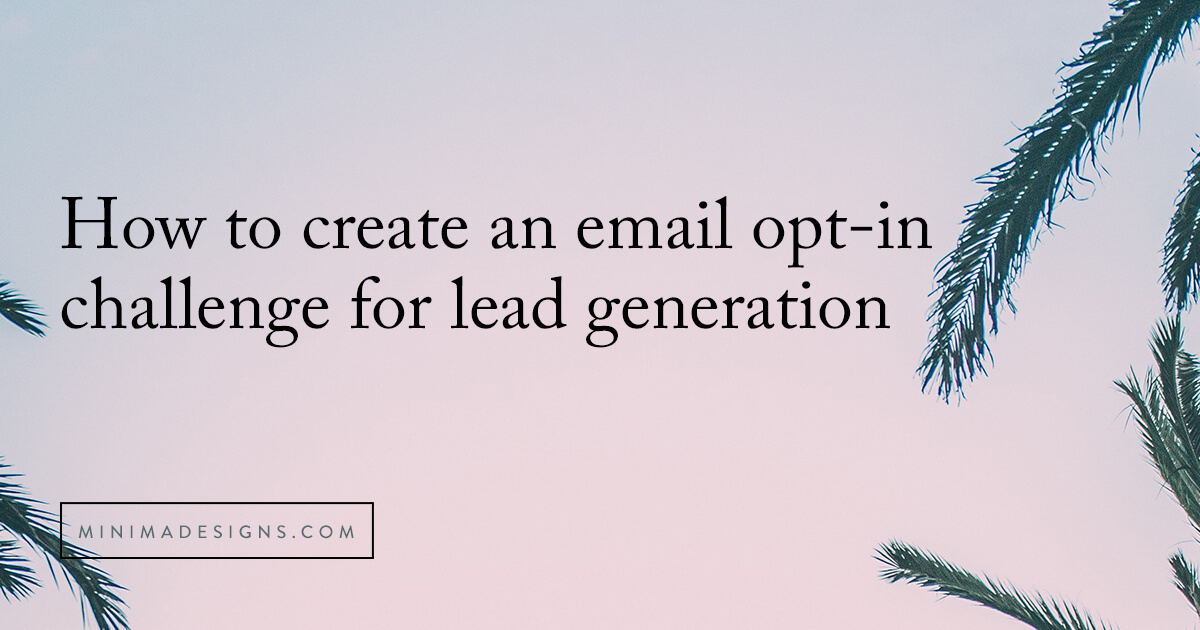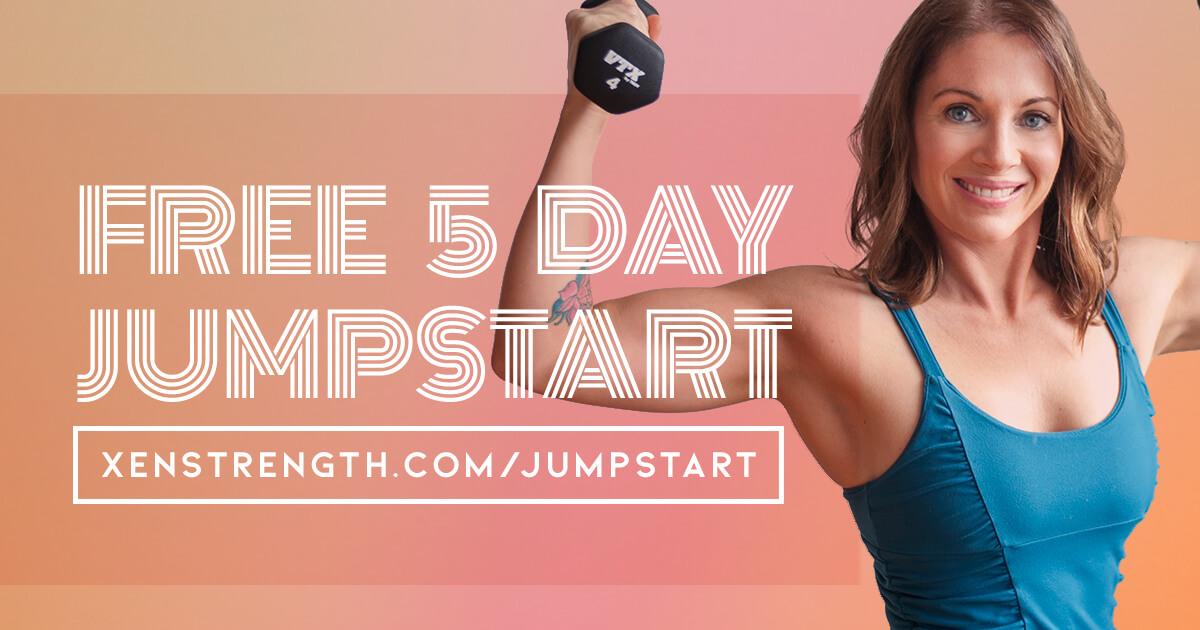
If you’ve been doing the online marketing thing for a while, you might be familiar with the “challenge” concept to get more leads and opt-ins. Typically this is an event of some kind that spans a series of days and the subscriber gets an email each day with a link to take a specific action.
Danielle Diamond and I decided to create a new year’s challenge to promote her on-demand yoga membership site.
Except we didn’t want it to be another one of those crazy hard 30 day things that no one finishes (I never seemed to make it farther than week two of p90x…)
Because sometimes it’s just about getting started.
Hence the landing page copy “Forget new year, new you – this year we’re counting getting off the couch as a win.” (I’m pretty proud of that little bit of wordsmithing).
I thought you might like to see what all goes into a challenge so I’ve broken it down into what you need to make this happen for yourself.
1. Decide what you want to offer for your challenge.
Ideally, this free challenge should be a natural lead-in for one of your paid offerings. Think about giving your subscriber a “quick win” – not a huge program that might overwhelm them. We decided to give a free week of 10-minute workouts – a “jumpstart” to get people excited about working out again. 10 minutes a day is an “easy win,” not intimidating, and people will be likely be motivated to come back for more.
2. Write your sales copy.
Yup, you’re still selling – even if you’re giving it away. Working out the copy in a google doc forces you to really think about what you want to get across to subscribers. What’s a headline that will grab attention? What are the bullet-point benefits and the call to action? And how can you get this information across as succinctly as possible? Bonus: You’ll be able to use this copy as a “swipe” for any ads you might run or for social media posts.
3. Create a landing page with a unique opt-in form.
Create a simple page where you’ll drive traffic. This page should NOT be like a full-length sales page – you want people to scan it and take action quickly.
Create a new opt-in form in your newsletter software so you can keep track of all of the signups from this page. You can see the example I created for Danielle here (complete with fun disco Google font). Keep the landing page URL simple – or use an easy to remember short redirect. In this case, we’re using xenstrength.com/jumpstart to redirect to the landing page (if you’re using WordPress, I like the “redirection” plugin to create easy redirects).
(Need help with this part? I’ve got a great 5 minute tutorial here on how to make simple landing pages).
4. Create a thank you page.
Once the user subscribes on the landing page, they should be redirected to a thank you page on your site. This can be a super simple page where you tell the user to check their email for more instructions and give them their next steps.
The thank-you page is critical if you really want to track where your signups are coming from in Google Analytics (plus if you’re running facebook ads, you’ll need a thank you page to properly track conversions).
5. Create an autoresponder email.
Inside your newsletter software, create an automated email that gets sent immediately when the user is tagged as interested in the challenge. That way you’re already in their inbox and you can prep them for the challenge.
6. TEST the opt-in!
If you’ve purchased any of my online launching guides, you know TESTING is a critical part of the process. Make sure you test signing up on your landing page, then you’re redirected to the thank you page, then make sure you get the automated email with instructions AND make sure your test email address is tagged properly in your email software. Bonus points if you test the whole process on your phone!
7. Create your graphics
For this challenge, I made Instagram feed and story graphics, as well as Facebook page and group cover graphics – all with a link to join the challenge. I also recommend creating a featured “share” image that gets shared on Facebook if someone shares your link.
8. Share your challenge!
You need eyeballs on your page – so think about the different ways you can get the message out about your offer. Do you have friends/colleagues with a complementary audience that could share it? You’ll also want to update your social media profile links to link to the challenge and share it in your newsletter.
9. Run ads (optional)
I’ve been admittedly super chicken when it comes to running Facebook ads – but I decided to give it a shot for this experiment. And so far I’ve been pretty happy with the results (just around $1 per lead – more on what was involved to get there in future posts). But what was critical was getting really clear on the message and the target audience – and letting Facebook do the rest!
10. Deliver the challenge
Once you’ve got people signed up, you’ll need to deliver the goods. Go ahead and write up your daily emails and test all of your links. If you’re pitching a paid offering at the end, make sure you’ve outlined the offer in your emails and give your subscribers motivation to take action (like a coupon code or limited time bonus).

 Michelle Martello is a Kajabi and ConvertKit (Kit) expert, award-winning digital strategist, and founder of Minima Designs. She works with entrepreneurs and creators to launch, grow, and streamline their online businesses — from creating all kinds of digital products and programs to email marketing and automation. Michelle offers 1:1 strategy consults for anyone looking to simplify the tech and build a business that actually works (and lasts).
Michelle Martello is a Kajabi and ConvertKit (Kit) expert, award-winning digital strategist, and founder of Minima Designs. She works with entrepreneurs and creators to launch, grow, and streamline their online businesses — from creating all kinds of digital products and programs to email marketing and automation. Michelle offers 1:1 strategy consults for anyone looking to simplify the tech and build a business that actually works (and lasts).
Leave a Reply